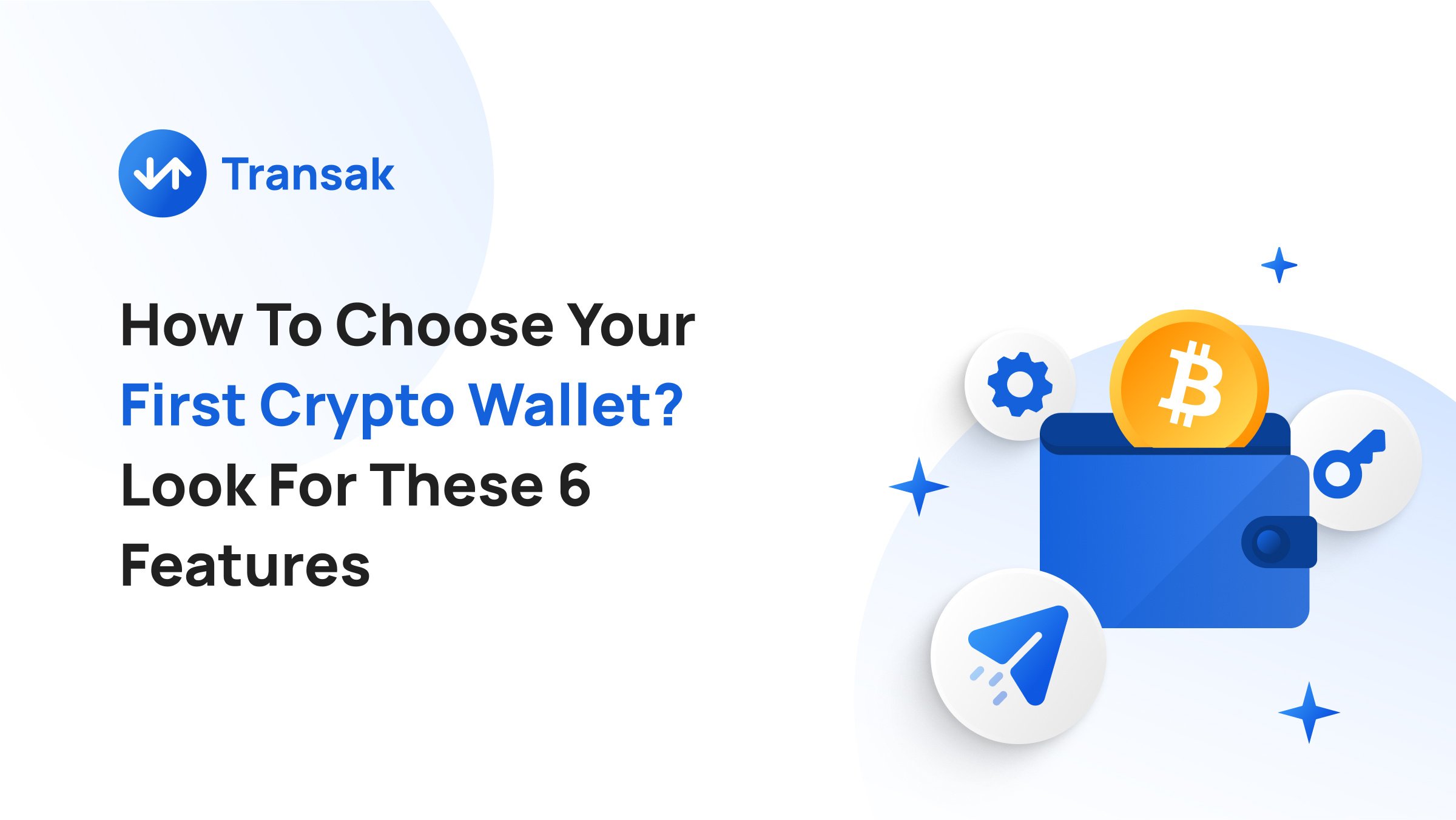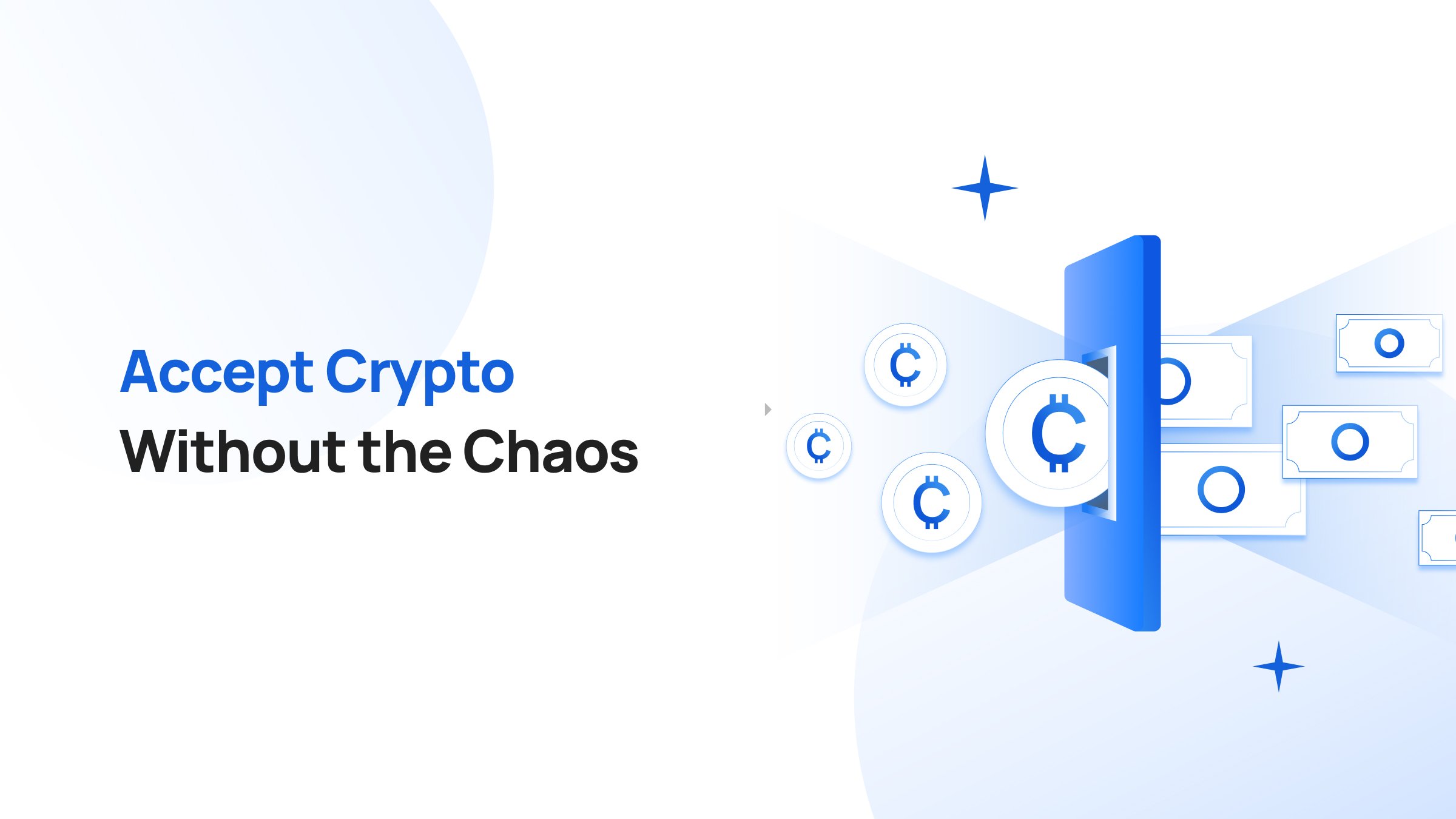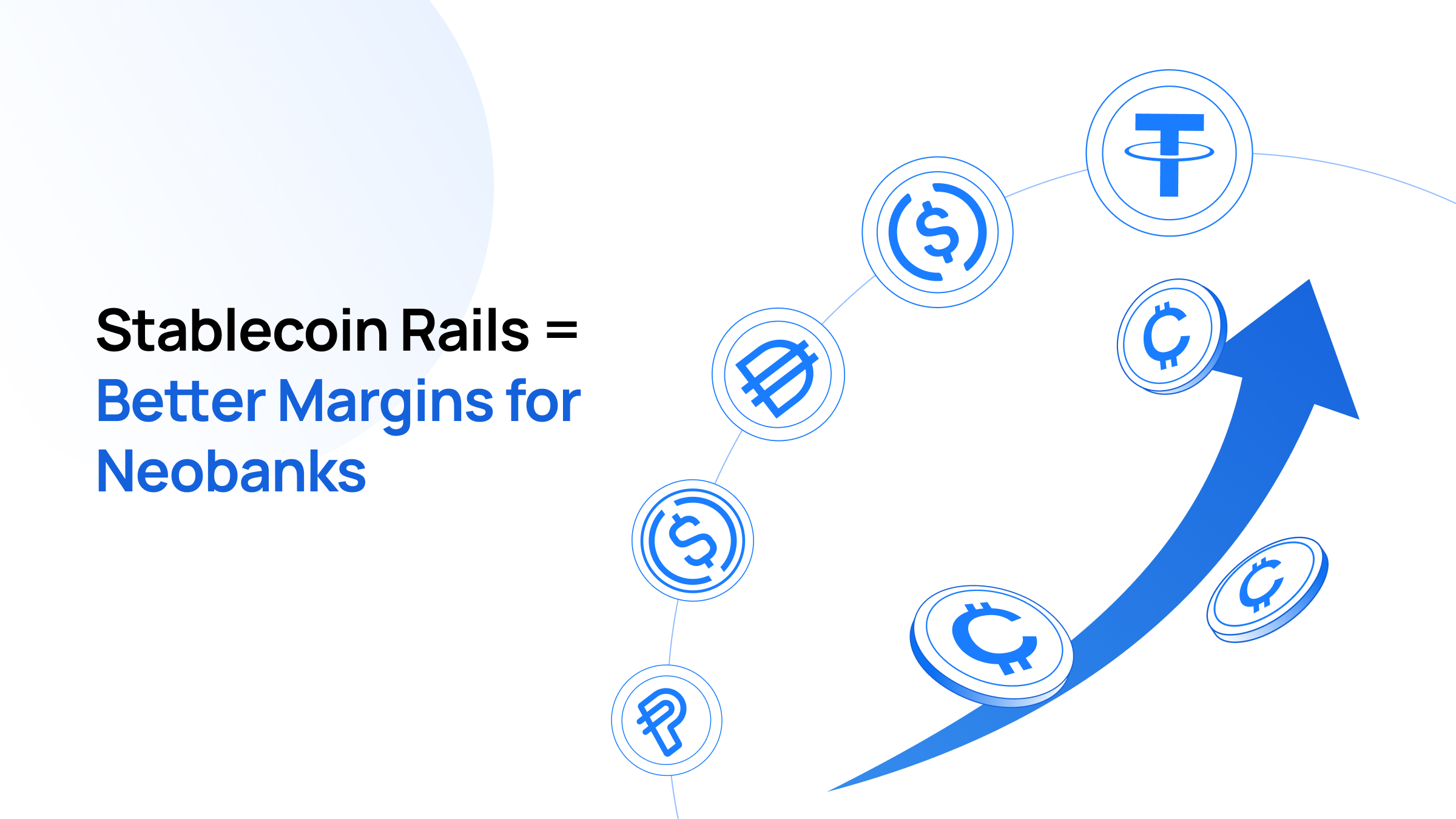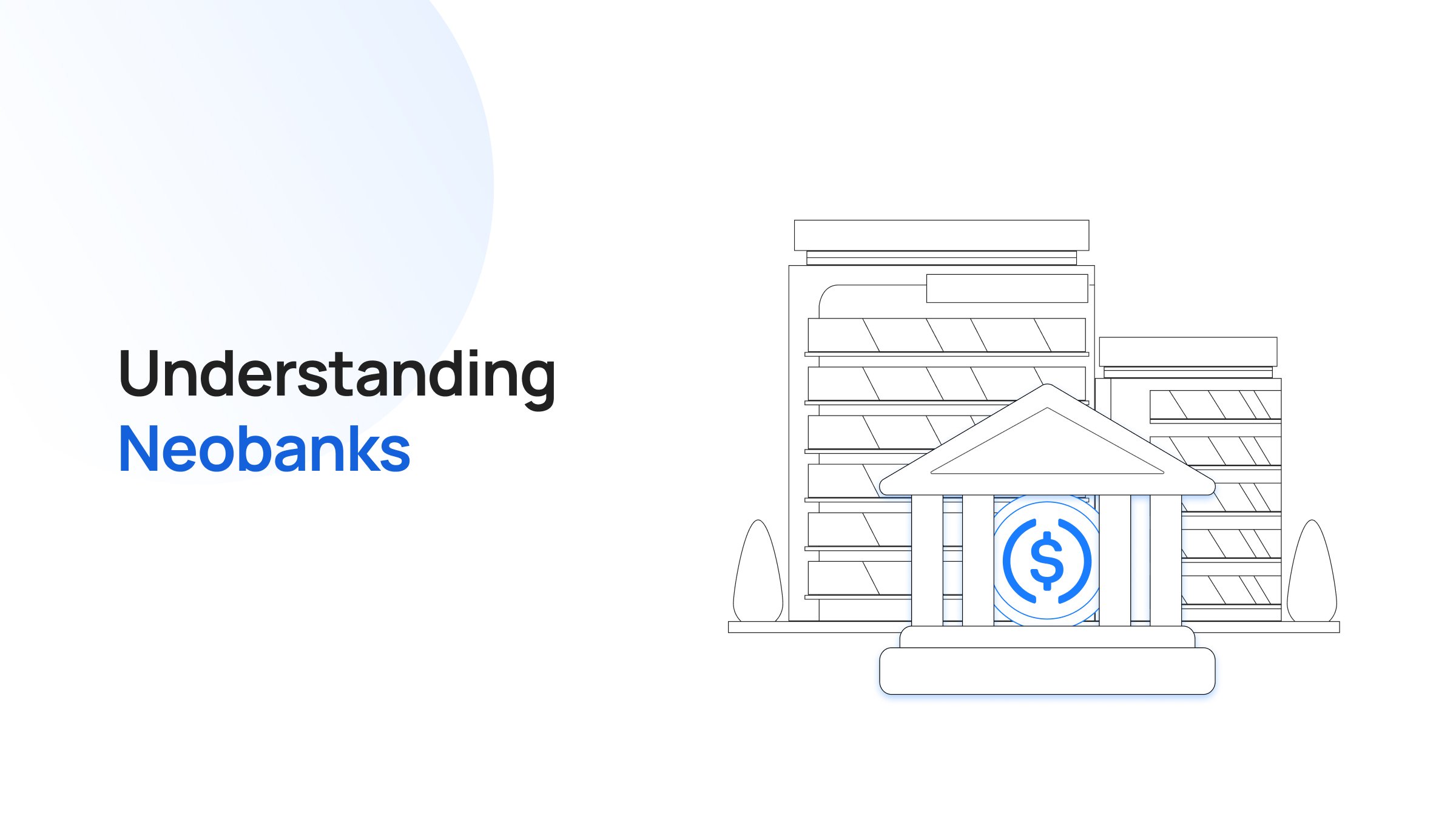Congratulations! You learned what cryptocurrencies are and are on your way to taking the first step into decentralized finance — getting a crypto wallet.
A quick Google search for “best crypto wallets for beginners” will yield you more results that you can sift through — so why another article on the same? The short answer is — this one’s practical.
In this article, we will walk you through simple unambiguous features should look for, as a beginner, in a crypto wallet.
Note: This article is purely for educational purposes. The intention is to provide objective, practical, and unbiased information.
How to Choose a Crypto Wallet as a Beginner?
Crypto wallets can be as simple as a QR code on a piece of paper or a $279 piece of sophisticated hardware designed by the inventor of the iPod himself!
Yet, as a beginner, you probably don’t need either. Instead, you are better off with a crypto wallet that is pocket friendly, instantly accessible, and incredibly usable while being ultra secure.
So, your first crypto wallet is likely going to be a software wallet — they are easy to use and completely free.
Look for these 6 features:
- On/off-ramp integration
- Multi-chain compatibility
- Smart accounts
- NFT support
- Multi-account support
- Address book functionality
1. On/Off-Ramp Integration
On/off-ramp integration is a crucial feature for beginners because it simplifies the process of entering and exiting the crypto market.
Traditional methods of funding a crypto wallet can be complex and intimidating, especially for those new to the crypto world. Beginners often face the hassle of sourcing funds from friends or family, or navigating through complicated exchanges to buy cryptocurrency and transfer it to their wallets. Once you have cryptocurrency in your wallet, figuring out how to sell your assets and get your local currency back can be equally challenging.
On/off-ramps abstract away all the complexities. These are specialized solutions that crypto wallets can integrate which allow users to effectively convert their fiat currency to cryptocurrency and vice versa without ever leaving the wallet app.
The verificaition, payment, and payout all happens within a single flow if a crypto wallet has an integrated on/off-ramp like Transak.
Examples of wallet with Transak integration:
How to Check for On/Off-Ramp Integration in a Crypto Wallet
When evaluating a crypto wallet for on/off-ramp integration, beginners should look for the following indicators:
- Supported Payment Methods: Check if the wallet supports multiple payment methods, including credit/debit cards, bank transfers, and local payment options. This ensures flexibility in how you can fund your wallet. Transak offers 20+ payment methods across 180+ countries.
- Ease of Use: Evaluate the user interface to ensure that the on/off-ramp process is straightforward. The wallet should provide clear instructions and a smooth, intuitive flow for buying and selling cryptocurrencies.
- Verification Process: Ensure that the wallet offers a streamlined verification process for new users. Efficient KYC procedures are essential for security and compliance but should not be overly cumbersome. Transak’s multi-level KYC feature allows new users to buy crypto in under 60 seconds.
- Fees and Limits: Review the fees associated with on/off-ramp transactions and any limits on the amounts that can be transacted. Transparent fee structures and reasonable limits are important for managing your funds effectively. Transak displays all applicable fees before you initiate the transaction.
2. Multi-Chain Compatibility
Multi-chain compatibility is an essential feature for beginners because it offers flexibility, diversity, and the ability to participate in the broader crypto ecosystem.
The crypto ecosystem is siloed and fragmented. There are over 20,000 cryptocurrencies spanning across hundreds of blockchains. As a beginner, you may not have found the “perfect” blockchain ecosystem for yourself. So, you should have flexibility to explore uncharted territory.
Some crypto wallets tend to cater to a specific blockchain. Electrum, for example, is a blockchain that has been around for several years, but it only supports Bitcoin. So, while Electrum may be a popular solution amount Bitcoin maximalists, it may not be a good option to start for a beginner who is just beginning to explore web3.
A multi-chain wallet enables users to interact with a wide range of DApps, from DeFi platforms to NFT marketplaces, without needing multiple wallets. This broad access is especially beneficial for beginners who want to explore and engage with various crypto projects and services.
The crypto landscape is continually evolving, with new blockchains and tokens emerging regularly. A wallet that supports multiple chains ensures that users are not restricted to a single ecosystem and can easily adopt and invest in new and promising projects.
Most importantly, different blockchains have different transaction fees and speeds. With multi-chain compatibility, users can choose the blockchain that offers the best combination of cost and speed for their transactions. This flexibility is particularly useful for beginners who might be sensitive to high transaction fees.
Examples of popular multi-chain wallets:
3. Smart Accounts
Smart accounts, also known as smart contract wallets, provide advanced functionality and enhanced user experience, making them particularly valuable for beginners in the crypto space.
One of the primary benefits is the ability to automate transactions. Smart accounts enable programmable transactions, allowing users to set up recurring payments, scheduled transfers, and other automated financial operations. This automation reduces the risk of user error and simplifies asset management for beginners who might otherwise find these tasks daunting.
Smart wallets also have social recovery mechanisms. These mechanisms allow users to designate trusted contacts who can help recover access to the wallet if the primary access is lost, providing a safety net that traditional wallets often lack.
Smart accounts are designed to provide a more intuitive and user-friendly interface, abstracting away the complexities of blockchain interactions. This makes it easier for beginners to manage assets and perform transactions without needing in-depth technical knowledge. Additionally, smart accounts offer greater flexibility and control, allowing users to set custom rules for transaction approvals, create trustless escrow services, and execute other advanced financial operations that may not be possible with standard wallets.
Coinbase’s smart wallet is a good example of a beginner-friendly wallet. It can be setup using passkeys (no need for seed phrases) and is among the first to implemented EIP-5792.
Examples of smart wallets:
4. NFT Support
NFTs represent a new and versatile form of digital assets, ranging from digital art and music to virtual real estate and collectibles.
Now, NFTs are evolving beyond their initial hype as profile picture (PFP) collectibles with limited utility. New and practical use cases are rapidly emerging, making NFTs a more integral part of the digital and real-world economy. For beginners, a wallet that supports NFTs allows them to participate in this expanding ecosystem.
NFTs can serve as digital proof of ownership for real-world assets, such as real estate, luxury goods, and other high-value items. This is particularly relevant for high-net-worth individuals who are new to crypto and want to leverage blockchain technology for secure and verifiable ownership records. Having a wallet that supports NFTs enables these users to manage their digital proofs of ownership efficiently.
NFTs often function as access tokens for exclusive events, communities, and experiences. Token gating, where ownership of a specific NFT grants entry to an event or community, is becoming more common. Additionally, Proof of Attendance Protocol (POAP) NFTs can serve as digital badges that verify participation in events. Beginners with NFT-supporting wallets can easily engage with these unique communities and experiences.
There are various NFT standards, such as ERC-721 and ERC-1155 on Ethereum, and similar standards on other blockchains. Beginners should choose a wallet that accommodates all popular NFT standards to ensure broad compatibility.
Examples of wallets with NFT support:
5. Multi-Account Support
Multi-account support in crypto wallets refers to the ability to create and manage multiple separate accounts within a single wallet application. Each account typically has its own unique address, balance, and transaction history.
Beginners often have different reasons for using cryptocurrencies. They might have funds for daily spending, long-term savings, or specific projects. Multi-account support allows them to neatly categorize these funds, making tracking and managing finances easier.
Spreading crypto holdings across multiple accounts within a wallet can enhance security. If one account is compromised, the others remain safe. This approach is similar to not putting all your eggs in one basket.
Example of wallets that support multiple accounts:
How to Check for Multi-Account Support
- Wallet Features: Check the wallet's official website or documentation for information about multi-account support. Most wallets will explicitly list this as a feature if it's available.
- Account Creation: Open the wallet application and look for an option to create a new account. If you can create multiple accounts with unique addresses, the wallet likely supports this feature.
- Account Management: See if the wallet allows you to easily switch between different accounts, view their individual balances, and manage their transaction histories.
6. Address Book Functionality
An address book is a feature within a wallet that allows you to save frequently used cryptocurrency addresses for easier and safer transactions.
Cryptocurrency addresses are long strings of alphanumeric characters, making them prone to errors when entered manually. The address book eliminates the need to type these addresses every time, reducing the risk of sending funds to the wrong address.
This feature is particularly helpful for users who are sending and recivien funds from a particular wallet regularly.
More importantly, this is a great preventative measure against address poisinong attacks.
Address poisoning attacks involve hackers subtly altering the recipient's address you copy, often by replacing a few characters. When you paste the address into your wallet, you unknowingly send funds to the hacker's address instead of the intended recipient.
Sometimes, even the most experienced crypto investors can fall victim to address poissing attack. Not too long ago, a crypto trader lost nearly $70 million to this exploit.
Examples of wallets with address book functionality:
Conclusion
Once you pick a good beginner-friendly wallet and know the ropes of DeFi, you can consider getting a hardware wallet for greater security. That said, if your primary goal is security, no matter the amount, then it doesn’t get better than a hardware wallet.
Down the road, you can even explore a multi-wallet approach to fund management and dApp interaction. This is the norm for experienced DeFi users, where the person actively manages multiple crypto wallets for different purposes.
Consider this article as a starting point of your research and learn more before investing your hard earned money. The wallets mentioned in this article are purely for educational purposes and not an endorsement by Transak.






